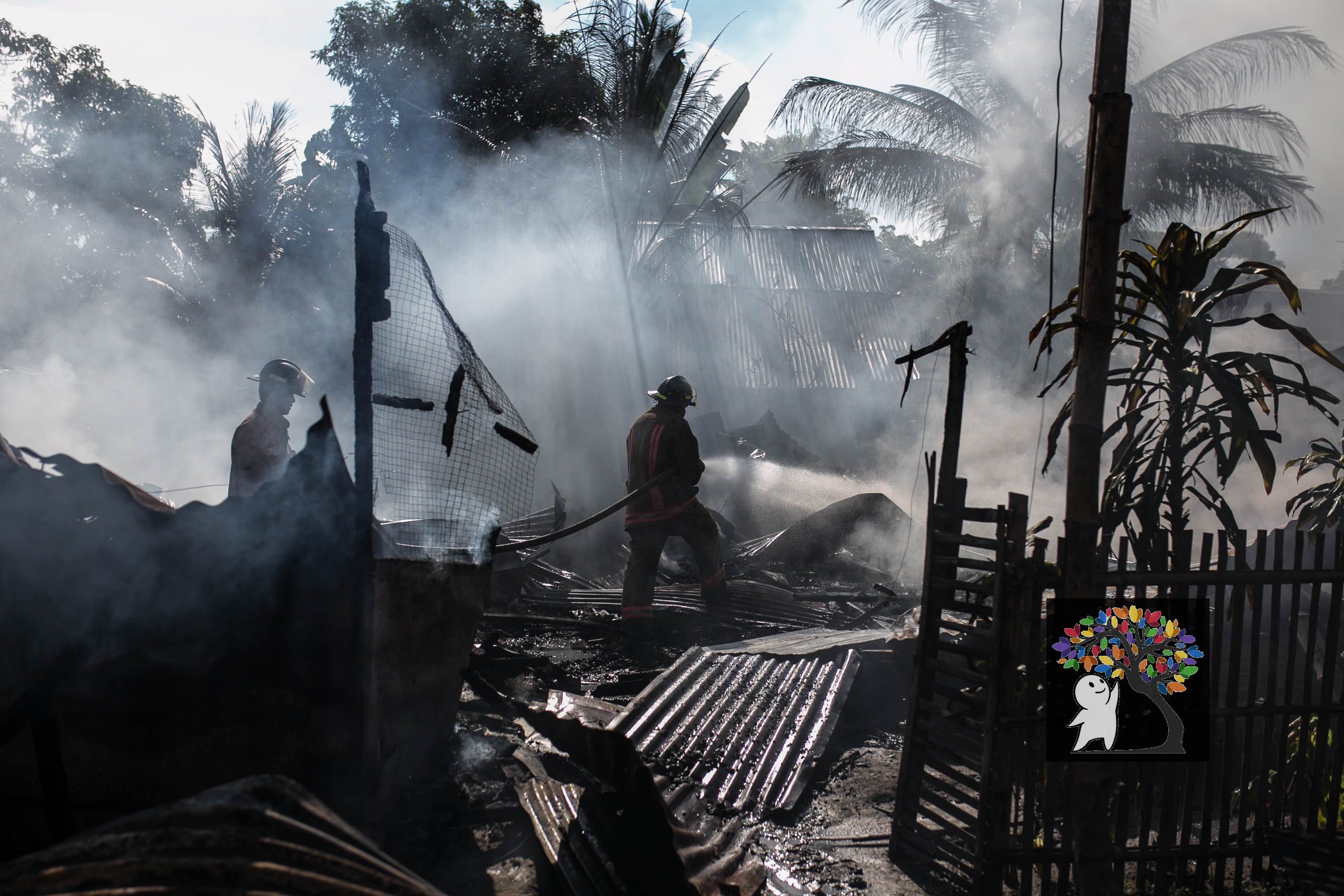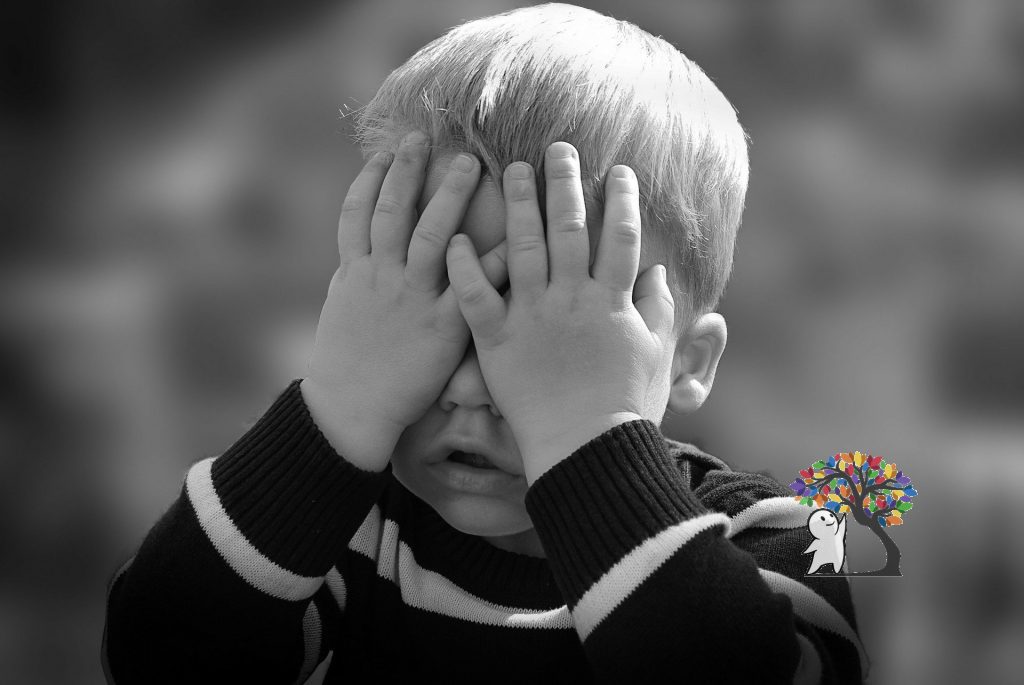6 Things That Can Cause PTSD

Have you ever gone through something so unspeakably horrific that it left you psychologically scarred? Is there a certain event or experience in your life that still haunts you to this day? What you may be experiencing is called trauma.
Statistics show that approximately 1 out of every 3 people who experience severe trauma develop PTSD (NIMH, 2017). Post-traumatic Stress Disorder (or PTSD) is a mental illness that is brought about when we witness, experience, or hear about a traumatic event that happened to someone we love. The American Psychological Association (2013) defines trauma as “any event where there is serious threat to one’s life.”
The severity of danger is what sets PTSD apart from other trauma- and stress-related mental illnesses, such as Adjustment Disorder and Acute Stress Disorder (ASD). It typically manifests as a persistently negative mood, hypervigilance, intrusive flashbacks, and recurring nightmares about the traumatic event.
With that said, here are the 6 most common causes of PTSD:
Physical Assault
Assault is what happens whenever someone physically overpowers you in a way that’s meant to cause you harm, and it usually involves instances of theft, mugging, batter, stabbing, murder, or kidnapping. With that said, going through any one of these examples would be enough to traumatize a person for life. Likelihood of PTSD developing increases when: the perpetrator was someone you knew or someone close to you; a weapon (like a gun or a knife) was used; it happened when you were younger; and help was not immediately available (Duncan, Saunders, Kilpatrick, Hanson, & Resnick, 1996).

2. Sexual Assault
Aside from physical assault, sexual assault has also been identified as one of the most dangerous risk factors for developing PTSD. Victims of sexual harassment or rape often feel unable to share what happened to them, because they’re afraid of getting blamed or being ridiculed for it. However, repressing your trauma only makes it come out in uglier and far more dangerous forms. Studies show that survivors of sexual assault (whether attempted or completed) often struggle with feelings of depression, anxiety, fear, isolation, anger, and sadness (Ullman & Filipas, 2001).

3. Serious Accidents
Running over someone, getting run over, being in a car crash, having a stroke or a heart attack, falling from a great height, or seriously injuring yourself are some examples of the kinds of serious accidents that can cause PTSD. The most common culprits are vehicular accidents, which have been rising at an alarming annual rate (Murray, Ehlers, & Mayou, 2002).

4. Natural Calamities
Part of the reason why trauma can be so enduring and so overwhelmingly frightening for a lot of us is because of how helpless it can make us feel, especially if the traumatic event was a natural calamity. Whether it was a flood, a fire, a hurricane, or a high-magnitude earthquake, environmental disasters like these can leave you fearing for your life and unable to do anything to stop it. PTSD develops when you can no longer control your fear of it happening again, and you start living in a state of constant anxiety and trauma.

5. Combat Exposure
Interestingly enough, while physical and sexual assault were found to be most common in patients with PTSD, it was actually combat exposure that led the condition to become an officially recognized mental illness (Jones & Wessely, 2005). Previously known only as “shell shock,” the sudden and rapidly increasing prevalence of the disorder in veterans of the Vietnam War were responsible for its inclusion in the third edition of the Diagnostic and Statistical Manual of Mental Disorders (or DSM) in 1980. Needless to say, being exposed to combat violence, serving in the war, or witnessing war at a young age can do a lot of psychological damage to a person.

6. Inherited Vulnerability
While trauma is definitely present for a large majority of PTSD cases, genetics has also been shown to play a role, as studies have found that it’s actually possible for two people to experience the same traumatic event but only one of them develops PTSD. This is explained in the Diathesis Stress Model, which states that for a mental illness to develop, there must be external stressors and an inherited vulnerability. Inherited vulnerability refers to a person’s family history of having that certain disorder. This means that the more relatives with PTSD you have, or the closer your relationship to them (i.e. father vs. distant cousin), the more likely you are to develop it as well (McKeever & Huff, 2003).

According to the National Institute of Mental Health (2017), 7-8% of the global population suffer from PTSD. Women are up to two times more likely to develop it than men, and it tends to have a chronic course that persists for years, decades, or even a lifetime when left untreated.
If you have experienced any of these traumatic events, it’s important that you reach out to a mental healthcare professional and get the help you need. Even if you don’t think you’re at risk of developing PTSD, it would still do you good to seek out a counsellor and open up to them about what you’re going through. Communicating how you feel and surrounding yourself with people who support you and understand what you’re going through can make all the difference.
References:
- National Institute of Mental Health (November 2017). What is PTSD? Retrieved from https://www.nimh.nih.gov/health/statistics/PTSD.shtml
- American Psychological Association (2013). Diagnostic and Statistical Manual of Mental Disorders. 5th Ed. Washington, DC, USA: APA Publishing.
- Duncan, R. D., Saunders, B. E., Kilpatrick, D. G., Hanson, R. F., & Resnick, H. S. (1996). Childhood Physical Assault as a Risk Factor for PTSD, Depression, and Substance Abuse. American Journal of Orthopsychiatry, 66 (3), 437-448.
- Ullman, S. E., & Filipas, H. H. (2001). Predictors of PTSD Symptom Severity and Social Reactions in Sexual Assault Victims. Journal of Traumatic Stress, 14 (2), 369-389.
- Murray, J., Ehlers, A., & Mayou, R. A. (2002). Dissociation and Post-Traumatic Stress Disorder: A Study on Road Accident Survivors. The British Journal of Psychiatry, 180 (4), 363-368.
- Tracy, N. (2012 January). PTSD: Causes of Post-Traumatic Stress Disorder. Healthy Place. Retrieved on 2019 November 29 from https://www.healthyplace.com/ptsd-and-stress-disorders/ptsd/ptsd-causes-caues-of-posttraumatic-stress-disorder/
- McKeever, V. M., & Huff, M. E. (2003). A Diathesis Stress Model of Posttraumatic Stress Disorder: Ecological, Biological, and Residual Stress Pathways. Review of General Psychology, 7 (3), 237-250.



Responses